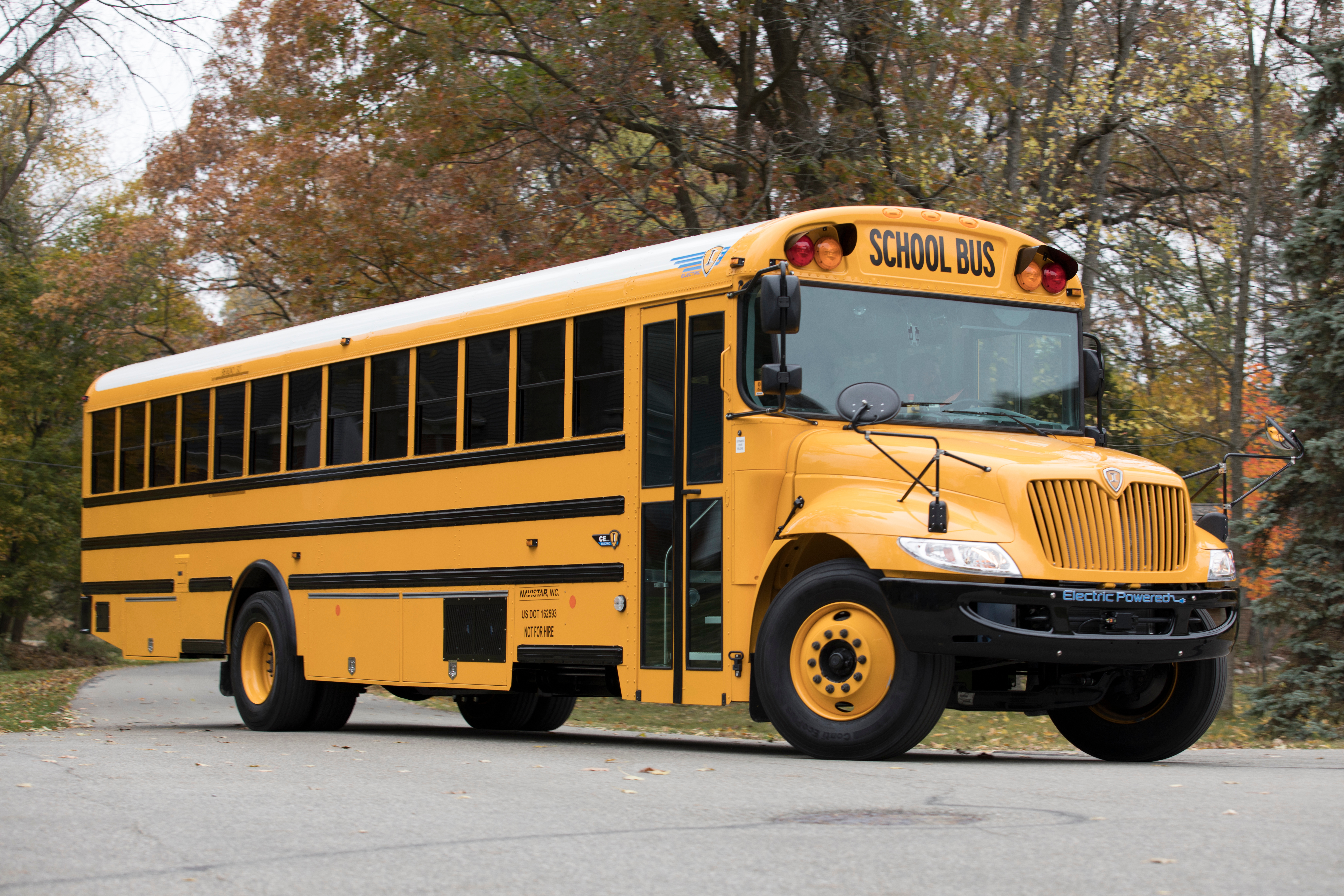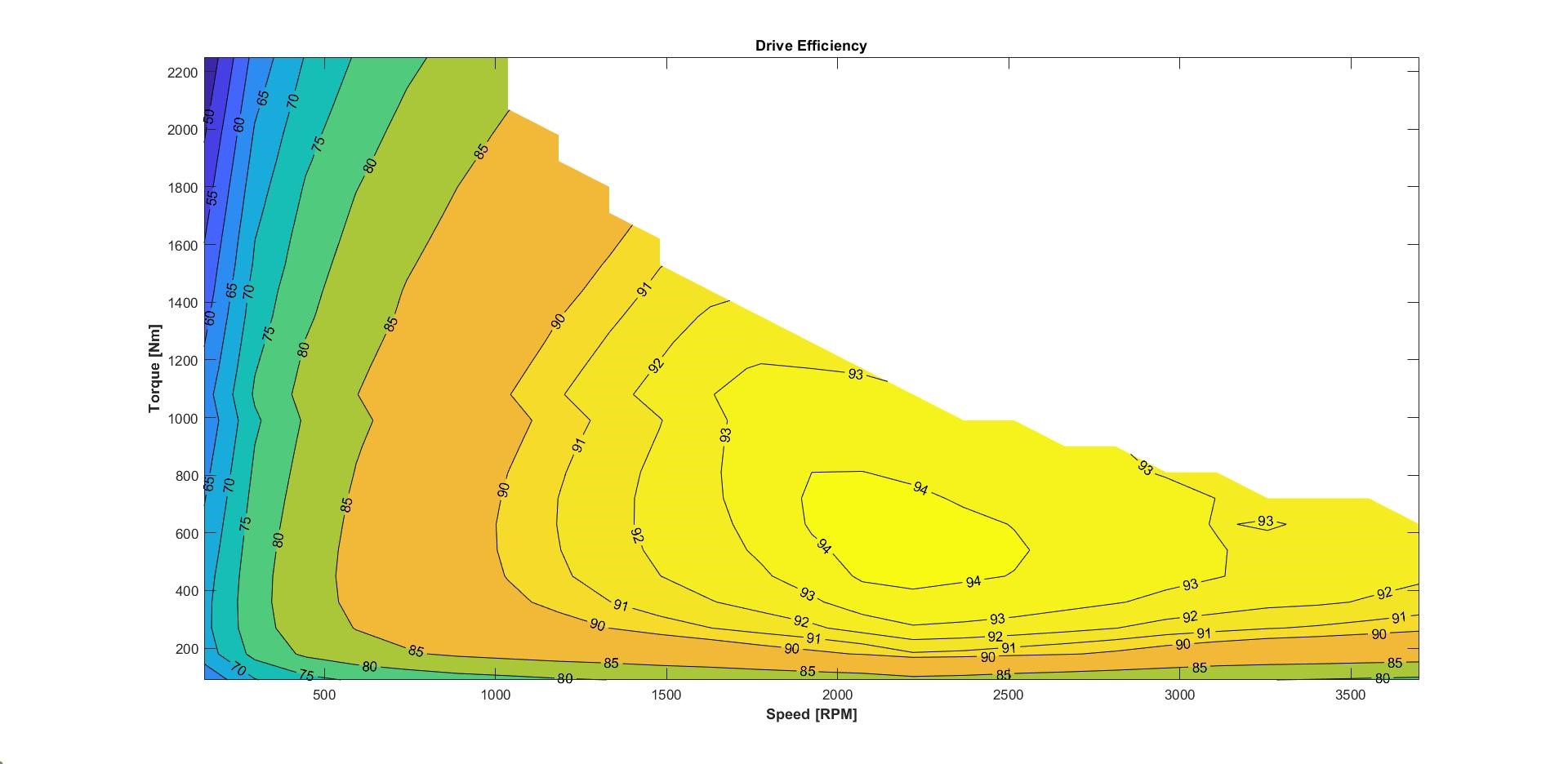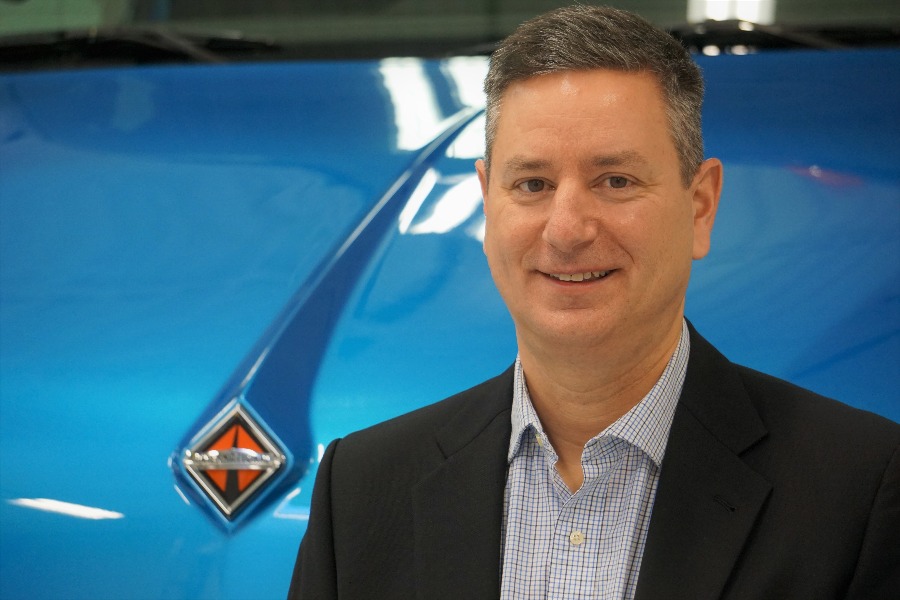New school bus offers valuable electrification lessons
Introduction
Regulations are tightening across the world for both light and commercial vehicles, pushing the market to look toward electrification solutions to reduce emissions. In an industry that is ever-evolving, learning from use cases and maintaining flexibility is critical to optimizing performance and being well-positioned for the future.
With predictable miles traveled, driving routes charging times, and returning to a home base every evening, school buses have proven to make an ideal case study for identifying the best formula for electrification. According to the U.S. Department of Energy’s Alternative Fuels Data Center (AFDC), school buses travel about 12,000 miles on average annually [1], with approximately 85 stops and about three hours of operation per day [2]. With plenty of city driving, a lot of stops, and a variety of road conditions, school bus routes also help identify ways to optimize regenerative braking, vehicle range, hill hold issues, and grade ability needs, among other factors.
Likewise, public buses are also a core focus area for governments working to make cities and urban districts cleaner. In recent years, the California Air Resources Board (CARB) has taken aggressive action, approving a regulation for public transit agencies to transition to 100 percent zero-emission bus fleets by 2040. Under this ruling, and as part of the board’s multi-phased approach, beginning in 2029, transit agencies will only be able to purchase zero-emission buses. The board anticipates this move will result in the reduction of 19 million metric tons of greenhouse gas emissions from 2020 to 2050. This reduction is equivalent to removing 4 million combustion engine cars from the road [3].
Navistar’s IC Bus brand designed a new CE Series Electric bus built with the customer in mind to meet zero-emission regulations and also deliver a range of options that can be tailored toward the customer’s budget and needs. With three variations of the CE Series Electric bus, Navistar’s NEXT eMobility Solutions unit found (after substantial benchmarking) that the new bus can surpass industry standards with its CE Max model achieving more than 200 miles in range per charge (~100 more miles than standard). With the development of the new bus and the company’s field trials, Navistar’s NEXT has identified several best practices and considerations to look for in a well-engineered electric bus.

Figure 1: Navistar electric school bus
Be flexible
There isn’t always a “one size fits all” solution for electrifying buses or other vehicles for that matter. With this in mind, taking a modular approach to the heart of an electric vehicle – the battery packs – can help with making tight turnaround modifications down the road. This also gives vehicle manufacturers the ability to deliver an array of possibilities to customers and modify the design for a range of applications.
To allow for adoption across a variety of vehicle platforms, Navistar NEXT offers three battery configurations featuring three, six or nine battery packs. Battery packs are wired in parallel to maintain a consistent voltage (~600 volts per pack) while increasing capacity.
Table 1: Electric bus configurations
|
Battery pack configuration |
Long Wheel |
Short Wheel |
Battery Capacity |
Vehicle range |
|
Three pack |
No |
Yes |
105 kWhr |
70 miles |
|
Six pack |
Yes |
Yes |
210 kWhr |
135 miles |
|
Nine pack |
Yes |
No |
315 kWhr |
200+ miles |
Another area for consideration is the bus’s charging capabilities. To remain versatile and provide schools flexibility in powering options, it is important to build electric buses to be compatible with both alternating current (AC) and direct current (DC) charging. To date, AC has been a more affordable option for charging buses overnight, but it takes much longer than DC fast charging. The ability to use high-powered DC charging gives schools better flexibility for times when a short turnaround charge is necessary, e.g. a bus taking a basketball team to its game shortly after tackling its regular route. For example, a six-pack 210 kWh electric school bus will take around 10 hours to charge utilizing AC charging, while DC fast charging will charge the same battery configuration from 10% to 80% within one hour. Because of this, the DC charging option gives a closer apples-to-apples comparison between an electrified bus and a gas-powered bus.
With an increasing number of charging stations becoming available, Navistar recommends that schools move forward with DC chargers of varying outputs – one DC charger (~25 kWh – a bit larger than AC) and a DC fast charger (~150 kWh) – to optimize energy conversion. While DC options are more expensive, they require less investment in building equipment and are more efficient.
Integrate meaningfully
How and where technologies are placed and connected is important to vehicle performance. As an expert in powertrain integration, Navistar NEXT aims to ensure all components are optimized to work with each other as a system.
As with any new energy project, battery placement remains a core debate. Working to conserve weight – or at least keep it well balanced – is another best practice that can be applied to the electrification field. Technology weight impacts more than just the performance of the vehicle, it also makes a difference with serviceability. With modular battery packs, it becomes easier to have various placements of batteries throughout the vehicle, making them lighter to offload if service is needed. Vehicle ride handling also is improved when battery weight is distributed across the entire vehicle.
For optimal safety, between the frame rails is most ideal for battery placement because it helps keep the batteries well protected if a crash should occur.
Don’t waste energy
Finding a way to offer multiple options for regenerative braking helps maximize energy recuperation and vehicle/battery losses. With Navistar NEXT’s integrated system featuring high voltage and advanced programming and hardware, three levels of regen can be achieved, giving bus drivers the same level of control they’ve grown used to with Jake Brakes in their diesel buses when coming down the hill or gearing down their transmission. With the use of regenerative braking, the majority of available energy can be captured directly, putting more distance back in the battery pack and maintaining high drive and motor efficiency.
Figure 2: Electric drive and motor efficiency
The uphill battle is important
Though places like California are poised for widespread adoption of electric buses with many state and federal grants available, several barriers remain to get other states and regions on board and prove that costs and capabilities are manageable. During NEXT’s extensive benchmarking, a big point of feedback was that some electric buses were not capable of climbing steep hills necessary to complete every route. In many cases, routes are restricted simply because the electric buses cannot handle the slope. With smart controls and a high-torque permanent magnet motor, Navistar was able to showcase 20 percent grade ability, diffusing concerns of climbing inclines.
Conclusions
As standard combustion engine school buses are replaced with electric ones in the near future, the new buses will draw large public attention due to their optimized performance and numerous advantages. Maintaining flexibility across the board, optimizing system integration, and having the ability to adapt quickly to varying needs will help turn that attention into large-scale adoption of electrified transportation.
References
1. U.S. Department of Energy’s Alternative Fuels Data Center. February 2020. “Average Annual Vehicle Miles Traveled by Major Vehicle Category.” https://afdc.energy.gov/data/widgets/10309
2. U.S. Department of Energy’s Alternative Fuels Data Center. 2019. “Fleet Application for School Transportation Vehicles.” https://afdc.energy.gov/vehicle-applications/school-transportation
3. The California Air Resources Board. December 14, 2018. “California transitioning to all-electric public bus fleet by 2040.” https://ww2.arb.ca.gov/news/california-transitioning-all-electric-public-bus-fleet-2040
Authors
 |
Jason Gies is the Director of Business Development for eMobility at Navistar. As one of the leaders in the eMobility team, he is responsible for aligning strategic partnerships, supporting both IC Bus and International Truck customers as they look to electrify their fleets and help set the direction for the ongoing eMobility initiatives. He has been cited in many industry publications, including Frost & Sullivan, on electric vehicle market trends and powertrain systems. Leading up to his career at Navistar, Jason spent nearly 15 years in the commercial vehicle space. Most recently, he was a vital member of the team responsible for creating AxleTech electric vehicle systems, growing it and selling it to Allison Transmission in 2019. Before AxleTech, Jason spent nine years in engineering, program management, and business development at Hendrickson, supporting new product launches from concept to production for defense and commercial vehicles. |
 |
Marko Jaksic (S’10-M’15) received the Dipl. Ing and M.S degree at University of Belgrade, Belgrade, Serbia, in 2007 and 2010, respectively, and the Ph.D. degree from Virginia Polytechnic Institute and State University (Virginia Tech), Blacksburg, VA, USA, in 2014. From 2009 to 2014 he was a research assistant with the Center for Power Electronics Systems, Virginia Tech. From 2014 to 2020, he was a senior power inverter design engineer in General Motors, Global Propulsion Systems, Pontiac, MI, USA. Since 2020, he has been a senior power electronics and motor drive engineer at Navistar Inc, eMobility, Rochester Hills, MI, USA. His main focus is on modeling dc and ac/dc impedances of power converters, wide-bandwidth signal injection, impedance identification, control and stability analysis of transportation power systems, design and analysis of SiC traction power inverter modules for the next-generation electric vehicles, and design and integration of power electronics converters into electric vehicles. |
 |
Michael Millar joined Navistar in 2020 to help drive the adoption of zero-emission vehicles. As a key leader on the eMobility team, he is responsible for NEXT eMobility Solutions marketing, business development, and supporting International Truck and IC bus fleets as they convert to zero-emission solutions. Before joining Navistar, Michael was a founding member of PPG’s lithium Ion battery group. As part of that team, Michael was responsible for the marketing and launching of innovative cathode binders and other automotive-grade battery coatings. |
About the Newsletter
Editors-in-Chief

Jin-Woo Ahn
Co-Editor-in-Chief

Sheldon Williamson
Co-Editor-in-Chief
TEC Call for Articles 2023 - Advances in Charging Systems
The TEC eNewsletter is now being indexed by Google Scholar and peer-reviewed articles are being submitted to IEEE Xplore.
To submit an article click here.


